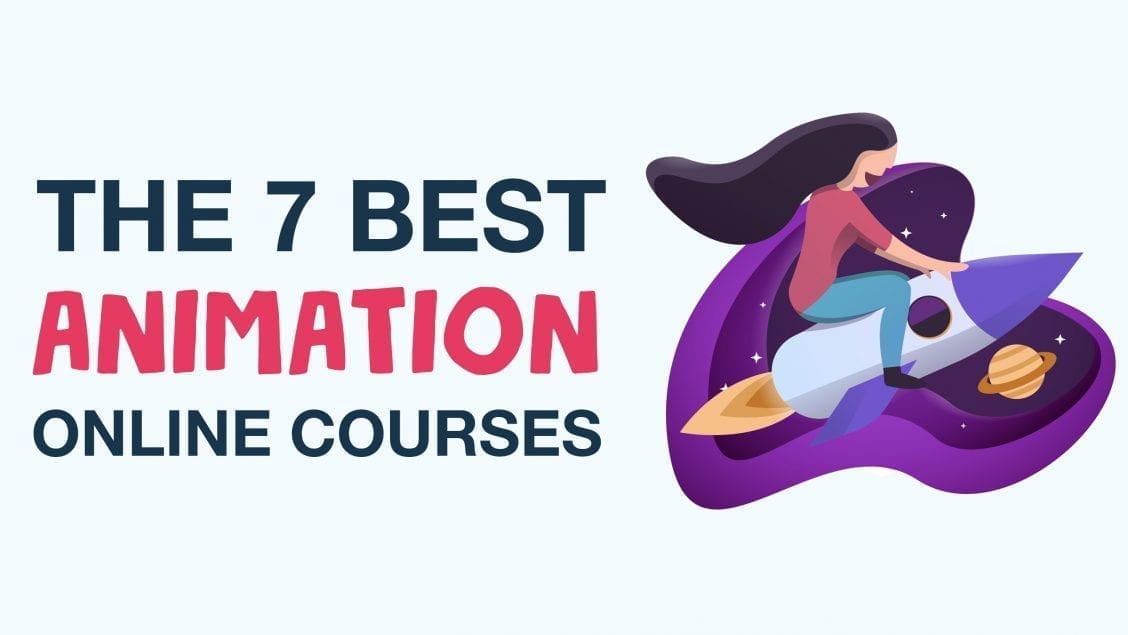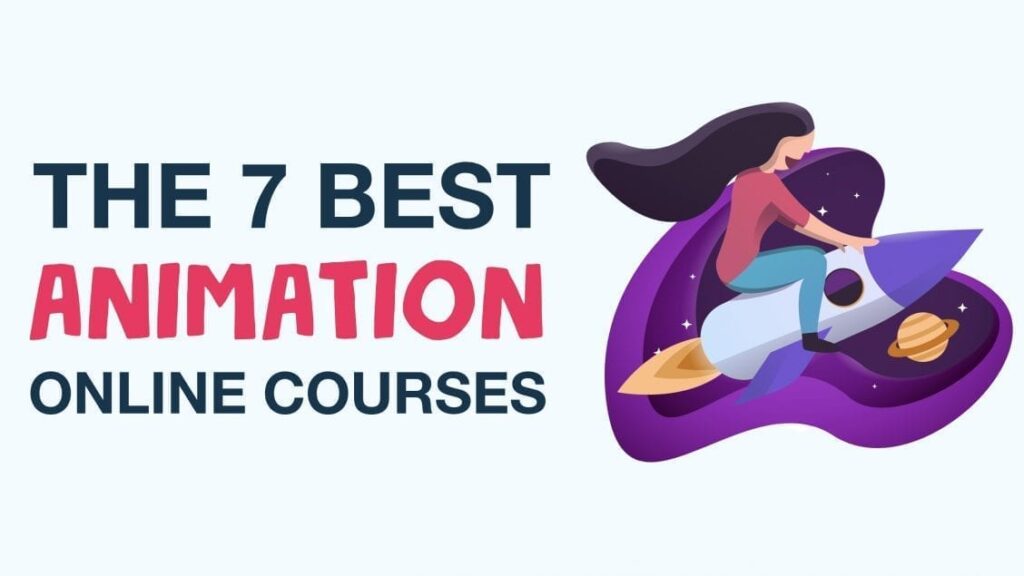My Journey into the Magical World of Animation: A Beginner’s Guide to Animation Courses
I remember it like it was yesterday. I was sitting on my couch, binge-watching my favorite animated series for the tenth time, and a thought hit me: "How do they do that? How do these characters, these worlds, just… come to life?" For years, animation was just a magical thing that happened on a screen. I loved it, dreamt about it, but it felt miles away, like something only a select few could ever achieve. If you’re reading this, maybe you feel the same way. Maybe you’ve got that little spark, that curiosity, about how to make drawings move, how to tell stories with moving pictures.
Well, let me tell you, that spark led me down a path I never expected: an animation course. And if you’ve ever wondered if learning animation is for you, let me share what it was really like, from a complete beginner’s perspective.
The Spark That Ignited My Dream: Why I Chose to Learn Animation
Before I signed up for an animation course, my drawing skills were… let’s just say "enthusiastic amateur." I could sketch, sure, but making anything move felt like trying to solve a Rubik’s Cube blindfolded. My biggest fear was that I wasn’t "artistic enough" or "technical enough." But the longing to tell stories, to bring characters to life, was stronger than my doubts.
I started doing some digging online. "How to become an animator?" "Is animation hard?" "What do you need to learn to animate?" The phrase "animation course" kept popping up. It sounded official, a bit intimidating, but also incredibly promising. It was a structured way to learn, not just fumbling around with software I didn’t understand. I decided to take the leap.
Stepping Into the Classroom (or Online Studio): What an Animation Course Really Teaches
When I finally enrolled in an animation course, I half expected to immediately start drawing epic fight scenes. Boy, was I wrong! And thankfully so. The beauty of a good animation course is that it builds you up from the ground floor.
1. Mastering the 12 Principles of Animation: Your Secret Language
This was the first, and arguably most important, thing we learned. Forget fancy software for a moment. Our instructors made us understand that animation isn’t just about drawing; it’s about acting and physics. We studied the 12 Principles of Animation, which are basically the rules of how things move and feel alive. Things like:
- Squash and Stretch: How a ball deforms when it hits the ground, making it feel bouncy.
- Anticipation: A character winding up before a punch, so you know it’s coming.
- Staging: Making sure the audience knows exactly what’s important in a scene.
- Follow Through and Overlapping Action: How a character’s hair or clothes keep moving after they stop, making it look natural.
- Slow In and Slow Out: Objects don’t just stop or start instantly; they ease into and out of motion.
These principles felt like learning a secret language. Once you grasp them, suddenly, every animated scene you watch makes sense in a whole new way. They’re the backbone of how to make animation believable, whether you’re doing 2D or 3D.
2. Tools of the Trade: Software You’ll Encounter
Once we had a handle on the principles, we started getting our hands dirty with software. This is where the technical side comes in, but don’t worry, the courses break it down step-by-step. You’ll likely encounter:
- Drawing Software: For 2D animation, programs like Adobe Animate, Toon Boom Harmony, or even Photoshop are common.
- 3D Modeling & Animation Software: If you’re leaning towards 3D, you’ll learn tools like Autodesk Maya, Blender (which is free and powerful!), or Cinema 4D.
- Video Editing Software: For putting your animated scenes together, like Adobe Premiere Pro or DaVinci Resolve.
It can feel overwhelming at first, seeing all those buttons and menus. But remember, you don’t need to master everything. A good animation course focuses on teaching you the concepts that apply across different software, making it easier to adapt later. We started with simple exercises, like bouncing balls, then moved to animating basic characters.
3. Bringing Stories to Life: Character & Narrative
An animation course isn’t just about technical skills; it’s deeply rooted in storytelling. We learned about character design – not just how to draw them, but how to give them personality. What makes a character angry? How do they walk when they’re sad? Every tiny movement contributes to the story.
We also delved into storyboarding, which is like drawing a comic book version of your animation to plan out every shot. This was crucial for understanding pacing, camera angles, and how to convey emotion without words. It taught me that animation is truly a visual medium for storytelling.
4. 2D vs. 3D: Finding Your Niche
Early on, our animation course introduced us to the differences between 2D and 3D animation.
- 2D Animation: Think classic cartoons like Tom & Jerry, or modern shows like "Rick and Morty." It’s drawn frame-by-frame or uses digital cut-out techniques. It often has a hand-drawn, illustrative feel.
- 3D Animation: Think Pixar movies like "Toy Story" or video game characters. It involves building models in a virtual space and then posing and moving them. It often looks more realistic or volumetric.
My course gave us a taste of both, which was great because it helped me figure out where my passion truly lay. Many courses will let you specialize, or at least explore both options before you decide.
Beyond the Basics: Challenges, Triumphs, and Your Portfolio
Learning to animate wasn’t always smooth sailing. There were days my hand ached from drawing, or my computer crashed just as I finished a complex scene. I had moments of frustration where my animation looked stiff or unnatural. But that’s part of the journey. The instructors in my animation course were always there to guide us, offering constructive criticism that pushed us to improve.
And the triumphs? Oh, they were glorious! The first time I saw my character walk smoothly. The first time someone laughed at a silly animation I made. The first time a character I designed seemed to breathe on its own. These moments were incredibly rewarding.
One of the most valuable takeaways from the animation course was the emphasis on building a portfolio. This isn’t just a collection of your work; it’s your visual resume. It shows potential employers or clients what you can do. Every assignment, every personal project, was a chance to refine my skills and add to this crucial collection. We learned how to select our best pieces, edit a demo reel (a short video showcasing your animations), and present ourselves professionally.
What’s Next? Life After an Animation Course
Finishing my animation course felt like unlocking a whole new world. I didn’t just have skills; I had confidence. I understood the language of animation. It opened doors to thinking about careers I never thought possible – working in film, TV, video games, advertising, or even creating my own independent projects.
The animation industry is vast and exciting. There’s always a demand for talented animators, storytellers, character designers, modelers, and more. While an animation course doesn’t guarantee a job, it provides you with the foundational knowledge, the practical skills, and the portfolio you need to seriously pursue your dreams. It gives you a head start and a network of fellow aspiring animators and experienced professionals.
Is an Animation Course Right for You?
If you’ve ever found yourself lost in an animated world, wondering how it all comes together; if you have stories bursting to get out; if you’re willing to put in the effort and embrace both the artistic and technical challenges, then yes, an animation course might just be your next big adventure.
It’s not just about learning software; it’s about learning to see the world through a new lens, understanding movement, emotion, and storytelling in a profound way. It’s about turning that childhood wonder into a tangible skill.
So, if that little spark is still there, flickering inside you, don’t let it go out. Explore the animation courses available. Read reviews, check out their curriculum, and take that first step. Who knows? Soon, you might be the one bringing the next magical world to life.



